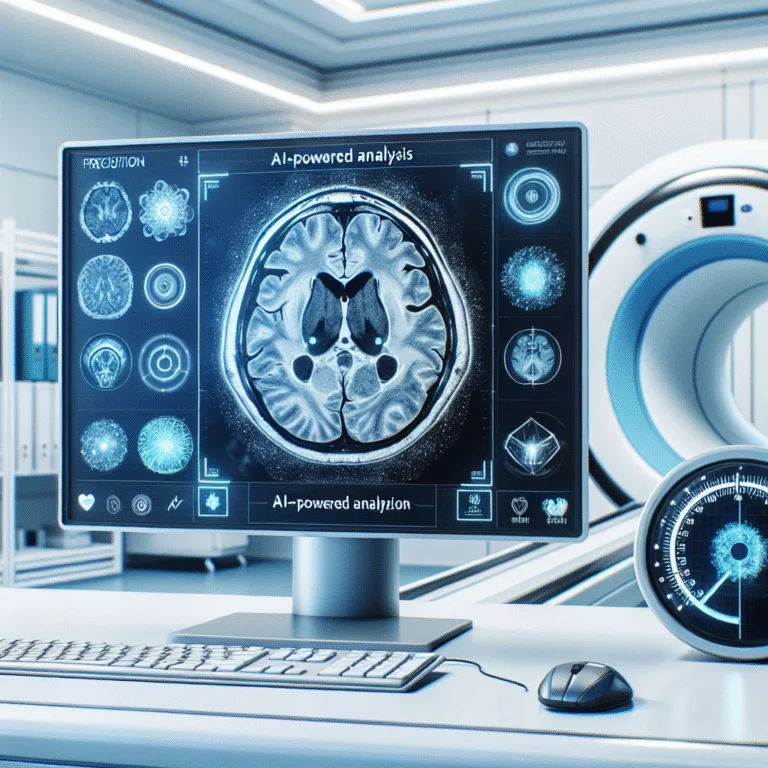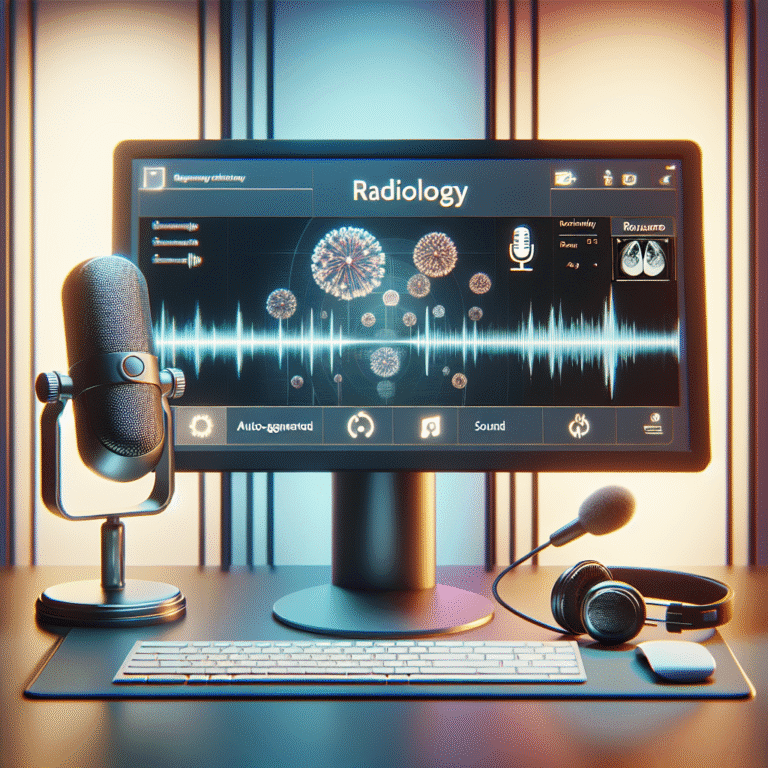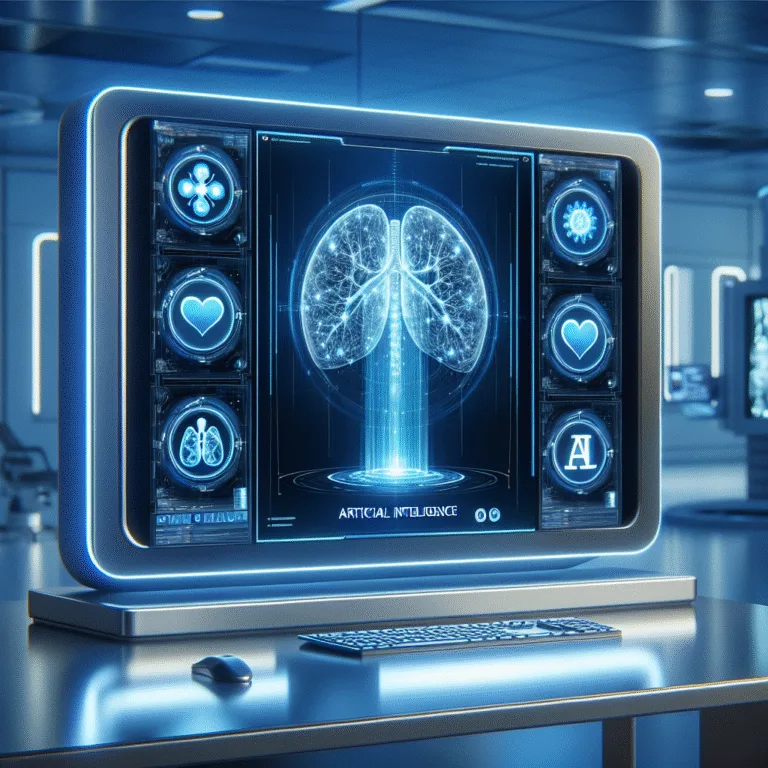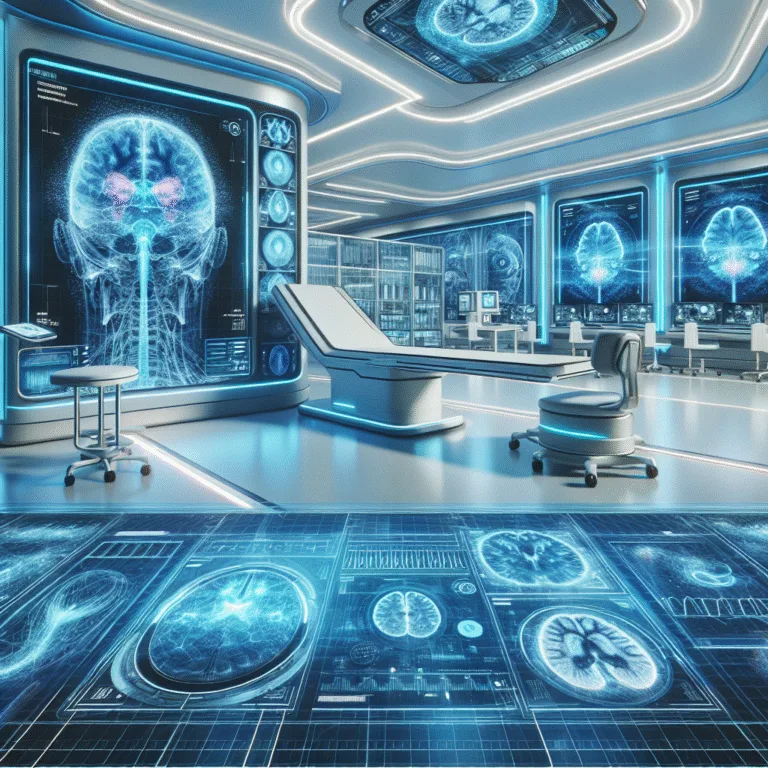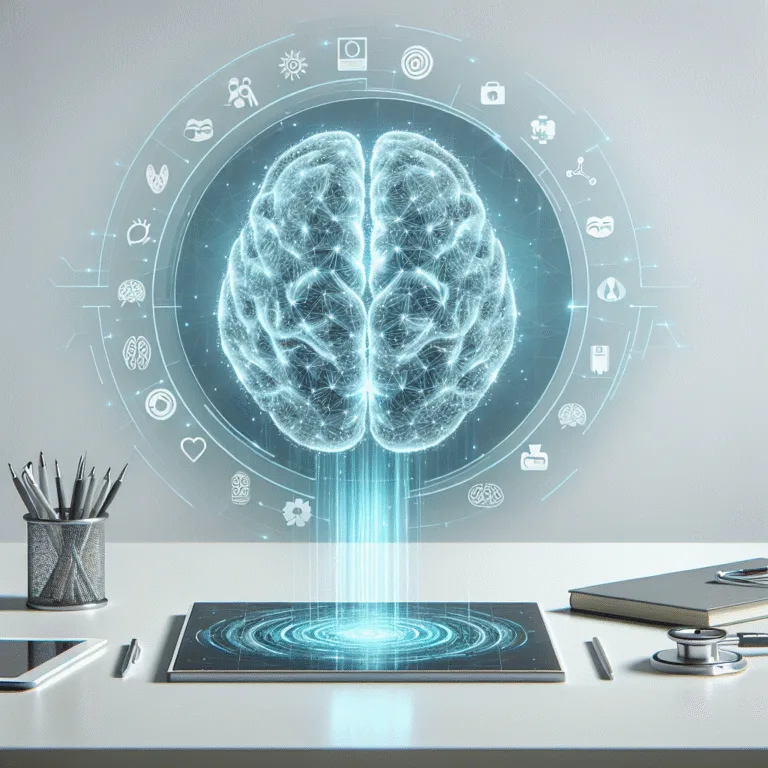Beyond Basic Dictation: The Evolution of Voice Recognition Software for Radiologists
Beyond Basic Dictation: The Evolution of Voice Recognition Software for Radiologists
For years, voice recognition was a frustrating tool. Today, AI has transformed it. This article explores the evolution beyond basic dictation, looking at systems that not only transcribe with near-perfect accuracy but also understand context, auto-populate templates, and integrate seamlessly with your PACS and RIS.
Voice recognition software for radiologists has evolved significantly from its early days of basic dictation. Modern systems now offer advanced capabilities that enhance reporting accuracy and efficiency. These systems not only transcribe speech with remarkable precision but also understand clinical context, auto-populate report templates, and integrate seamlessly with Picture Archiving and Communication Systems (PACS) and Radiology Information Systems (RIS).
The Evolution of Voice Recognition Software for Radiologists
Initially, voice recognition technology was met with skepticism due to its limited accuracy and cumbersome interfaces. However, recent advancements in artificial intelligence and machine learning have revolutionized its capabilities. Today, these systems are indispensable tools in radiology departments, contributing to faster and more accurate reporting.
Key Features of Modern Voice Recognition Software
- High Accuracy: Current systems boast transcription accuracy rates exceeding 95%, minimizing errors and reducing the need for manual corrections.
- Contextual Understanding: Advanced algorithms can interpret medical jargon and context, ensuring that the transcriptions are clinically relevant.
- Template Auto-Population: Voice recognition software can automatically fill in predefined templates, saving time and maintaining consistency in reports.
- Seamless Integration: These systems integrate with PACS and RIS, allowing for efficient data flow and access to patient records.
For example, a radiologist dictating a chest X-ray report can rely on the software to recognize terms like “cardiomegaly” or “pulmonary nodules,” and populate the report with relevant details. This capability significantly reduces the time spent on documentation.
Benefits of Using Voice Recognition Software
The adoption of voice recognition software offers numerous benefits:
- Increased Efficiency: Radiologists can complete reports faster, allowing them to focus more on patient care.
- Improved Accuracy: Reduced transcription errors lead to higher quality reports and better patient outcomes.
- Enhanced Workflow: Integration with existing systems streamlines processes, reducing administrative burdens.
According to a study published in the National Library of Medicine, the implementation of voice recognition software in radiology departments has led to a 30% reduction in report turnaround time, highlighting its impact on workflow efficiency.
Implementing Voice Recognition in Radiology Practice
To effectively implement voice recognition software, radiology departments should consider the following steps:
Choosing the Right Software
Selecting the appropriate software is crucial. Key factors to consider include:
- Compatibility: Ensure the software integrates with existing PACS and RIS systems.
- Customization: Look for software that allows customization of templates and commands to suit specific needs.
- Support and Training: Opt for providers that offer comprehensive support and training to facilitate smooth adoption.
For a practical example of how voice recognition software can be integrated into radiology workflows, consider exploring Rad Report AI, which offers tailored solutions for radiologists.
Training and Adaptation
Effective training is essential for maximizing the benefits of voice recognition technology. Radiologists should be trained on:
- Using voice commands effectively.
- Customizing templates to fit their reporting style.
- Understanding how to troubleshoot common issues.
Continual adaptation and feedback from users can help refine the system, ensuring it meets the evolving needs of the department.
Sample Radiology Report Template
[Patient Name]: John Doe
[Date of Exam]: 2023-10-15
[Type of Exam]: Chest X-ray
[Findings]:
- Heart size is within normal limits.
- No evidence of acute infiltrates or pleural effusion.
- Pulmonary vasculature is unremarkable.
[Impression]:
- Normal chest X-ray.
[Signed]: Dr. Jane Smith
This template can be auto-populated by voice recognition software, enhancing consistency and efficiency in report generation.
Challenges and Considerations
Despite its advantages, implementing voice recognition software presents challenges:
- Initial Cost: The investment in software and training can be significant.
- Privacy Concerns: Ensuring data security and patient confidentiality is paramount.
- Adaptation Period: Users may require time to adapt to new workflows and technology.
Addressing these challenges requires careful planning and ongoing evaluation to ensure that the benefits outweigh the costs.
In conclusion, the evolution of voice recognition software for radiologists has transformed the landscape of medical reporting. By embracing these advanced systems, radiologists can enhance their efficiency, accuracy, and overall productivity. As the technology continues to evolve, its role in radiology is expected to expand further, offering even greater benefits to healthcare professionals and patients alike.
For more insights into the integration of AI in radiology, consider exploring resources from the Radiological Society of North America.
🚀 Try Rad Report AI For Free — and experience faster, smarter reporting today.


